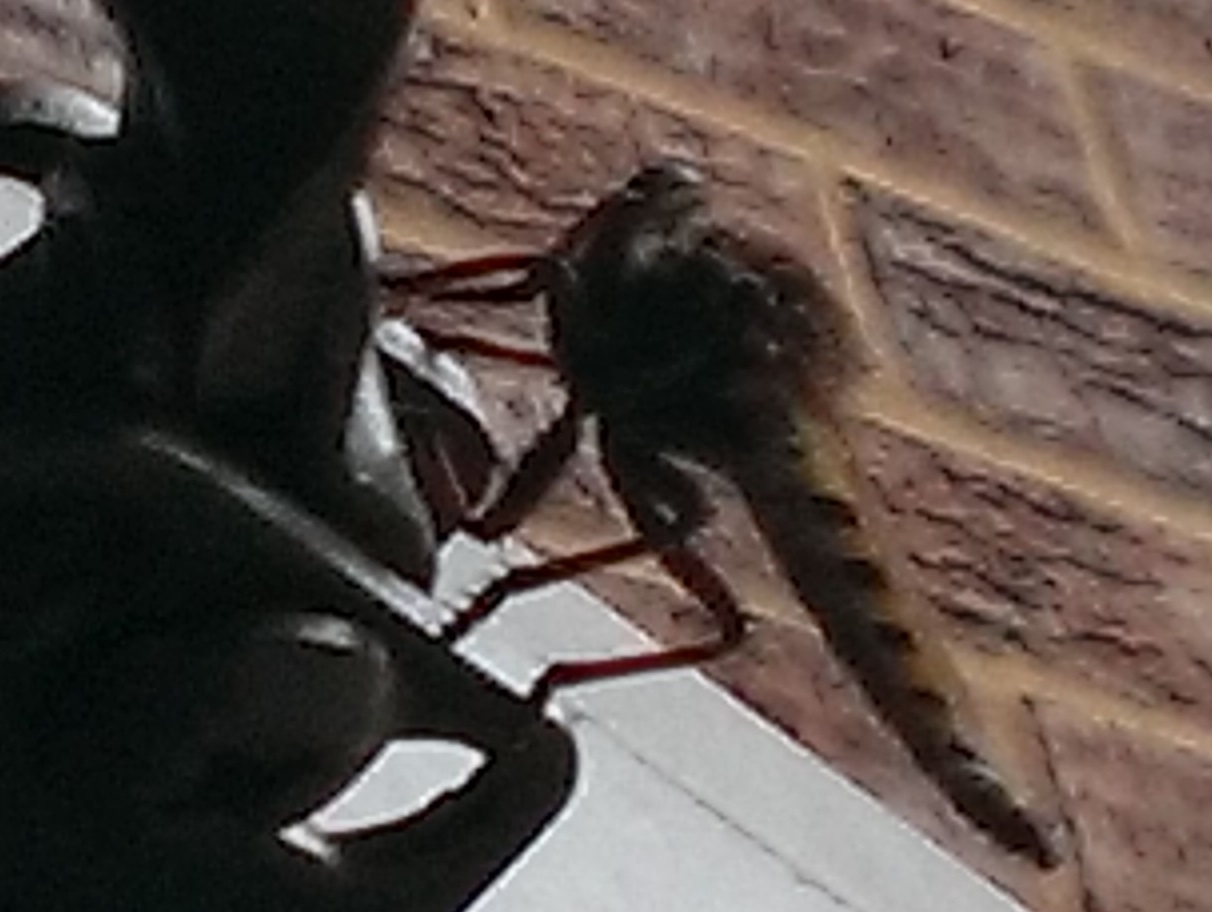I'm naturally thinking this is a bee, but I cannot find it anywhere in any insect identifiers. I caught this picture on top of my doorway, it's about 1 1/2 inches in length, and its torso seems to be coated in a layer of hair, and the rest of its body is narrow. The thick layer of hair may or may not be accurate, I didn't want to get too close to it, but that's how it appeared at least.



What is this?
PS - Found in Kentucky, and I'm not sure why one pic shows wings and the other one doesn't...
